Nestled in the embrace of the Eastern Himalayas, Darjeeling, often dubbed the "Queen of Hills," is a jewel in India’s crown of destinations. This picturesque hill station in West Bengal, perched at an altitude of about 6,710 feet, captivates visitors with its breathtaking landscapes, rich cultural tapestry, and the intoxicating aroma of its world-famous tea. From mist-laden mountains to colonial charm, vibrant monasteries, and a unique blend of ethnic diversity, Darjeeling offers an unforgettable escape into nature’s grandeur and cultural heritage. This article explores the allure of Darjeeling, uncovering its history, attractions, culture, cuisine, and practical tips for an enriching holiday experience.
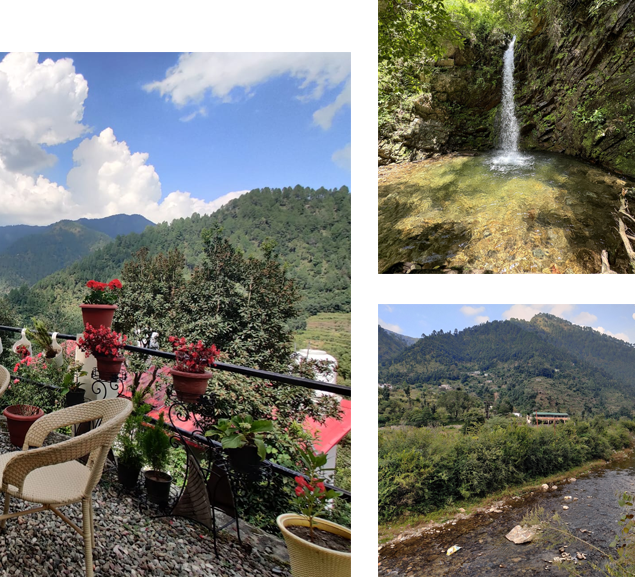
Darjeeling’s story is as layered as its rolling hills. Originally a part of the Kingdom of Sikkim, the region was leased to the British East India Company in 1835. The British, enchanted by its cool climate and strategic location, transformed Darjeeling into a sanatorium and summer retreat. The name "Darjeeling" is believed to originate from the Tibetan words Dorje (thunderbolt) and Ling (place), meaning "the land of the thunderbolt." This evocative name hints at the region’s mystical aura.
The British introduced tea cultivation in the mid-19th century, a decision that would define Darjeeling’s global identity. Tea estates began to flourish, attracting workers from neighboring Nepal, Sikkim, and Bhutan, creating a vibrant multicultural community. The construction of the Darjeeling Himalayan Railway, fondly called the "Toy Train," in 1881 further cemented its status as a colonial hub. Today, Darjeeling stands as a testament to its colonial past, indigenous roots, and modern aspirations, blending history with timeless beauty.
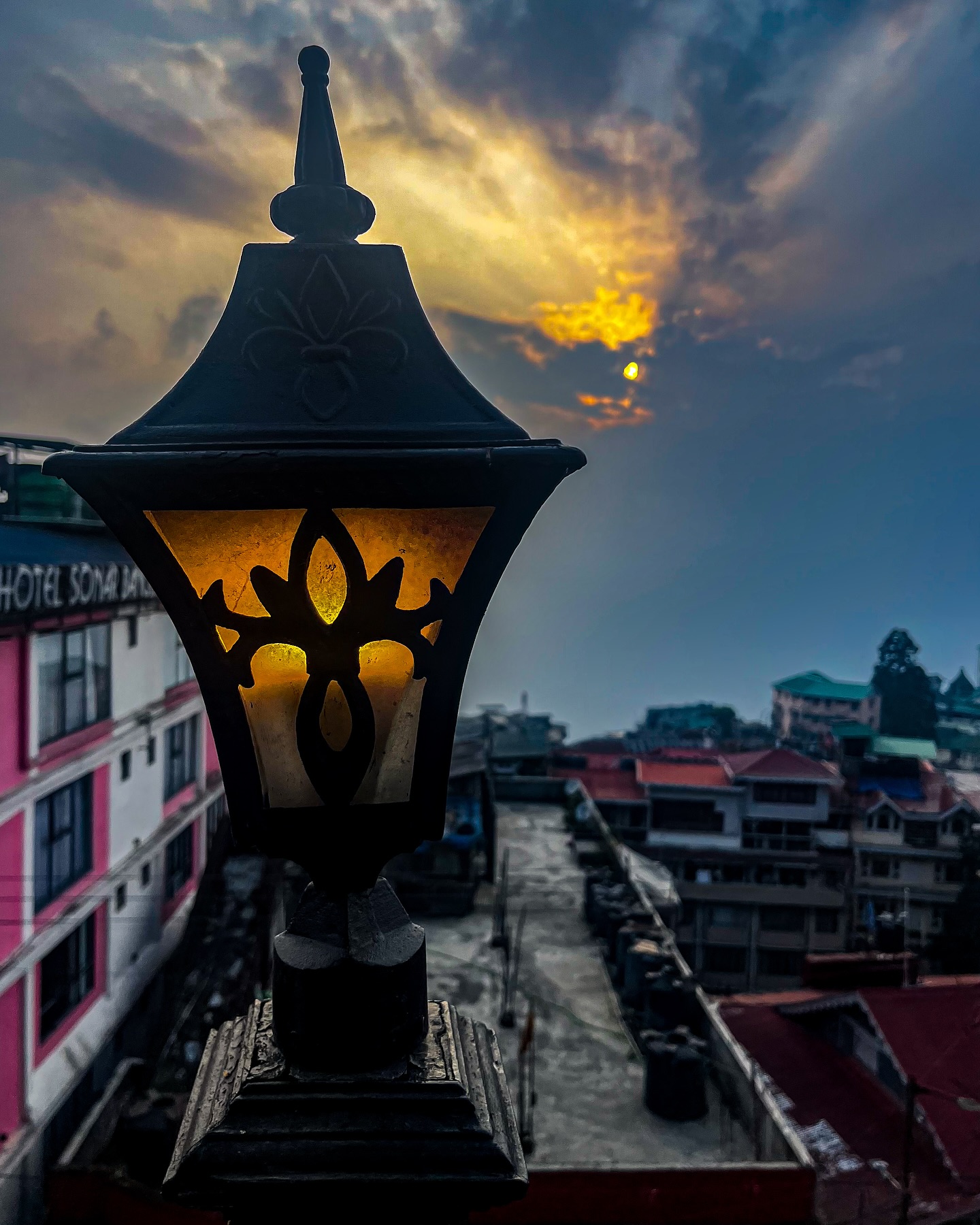
Darjeeling’s geography is a canvas painted with dramatic contrasts. Towering peaks, lush valleys, and cascading waterfalls create a landscape that feels otherworldly. The star of the show is undoubtedly Kanchenjunga, the world’s third-highest peak, whose snow-capped silhouette dominates the skyline on clear mornings. Watching the sunrise from Tiger Hill, where the first rays illuminate Kanchenjunga in hues of gold and pink, is a bucket-list experience for every visitor.
The region’s tea gardens, sprawling across undulating hills, are equally iconic. Estates like Happy Valley, Makaibari, and Glenburn offer not just scenic beauty but a glimpse into the meticulous art of tea production. Walking through these emerald-green estates, with mist swirling around, feels like stepping into a postcard. Beyond tea gardens, Darjeeling’s forests of pine, oak, and rhododendron bloom with vibrant colors, especially in spring, when wildflowers carpet the slopes.
Waterfalls like Bhutia Busty Falls and Rock Garden Falls add to the region’s charm, offering serene spots for picnics or quiet contemplation. For adventure seekers, the Teesta and Rangeet rivers provide opportunities for white-water rafting, while trekking routes like the Sandakphu-Phalut trail promise panoramic views of the Himalayan range, including glimpses of Everest on clear days.
No visit to Darjeeling is complete without a ride on the Darjeeling Himalayan Railway, a UNESCO World Heritage Site. This narrow-gauge railway, affectionately known as the Toy Train, chugs along a 78-kilometer route from New Jalpaiguri to Darjeeling, weaving through tea gardens, villages, and vertiginous cliffs. The steam-powered locomotives, some over a century old, evoke nostalgia for a bygone era.
The train’s most famous feature is the Batasia Loop, a marvel of engineering where the tracks spiral around a manicured garden, offering stunning views of Kanchenjunga. The Ghoom Station, India’s highest railway station at 7,407 feet, is another highlight, where travelers pause to sip hot tea and soak in the crisp mountain air. Whether you opt for a short joyride or the full journey, the Toy Train is a quintessential Darjeeling experience, blending history, engineering, and scenic splendor.
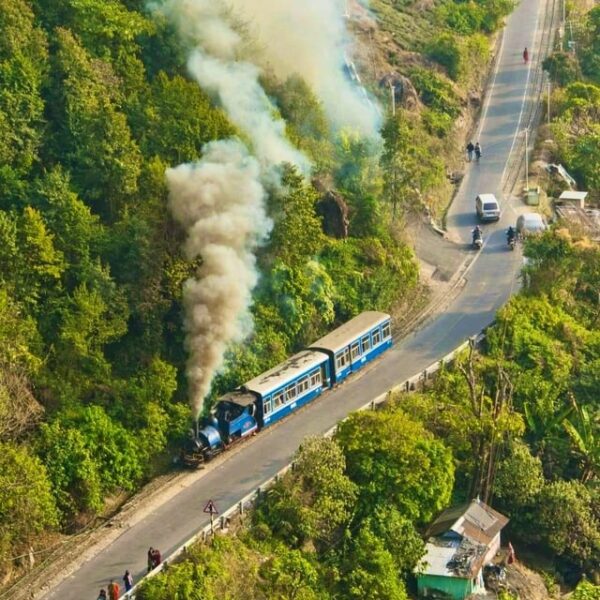

Darjeeling’s cultural fabric is woven from diverse threads, reflecting the coexistence of communities like the Gorkhas, Lepchas, Bhutias, Tibetans, and Bengalis. This diversity manifests in festivals, traditions, and everyday life, making Darjeeling a cultural kaleidoscope.
Monasteries are a cornerstone of Darjeeling’s spiritual landscape. The Ghoom Monastery (Yiga Choeling), established in 1850, houses a 15-foot statue of Maitreya Buddha and ancient Tibetan texts. The Bhutia Busty Monastery, with its vibrant murals and serene ambiance, offers a glimpse into Tibetan Buddhism. Visitors can attend prayer sessions, where the rhythmic chants and ringing bells create a meditative atmosphere.
Festivals bring Darjeeling to life. Losar, the Tibetan New Year, is celebrated with traditional dances and feasts, while Teej and Maghe Sankranti reflect Gorkha traditions. The Darjeeling Carnival, held annually in November, showcases music, dance, and local cuisine, drawing travelers and locals alike. Exploring local markets like Chowrasta and Mall Road reveals Darjeeling’s cosmopolitan vibe, with stalls selling Tibetan thangkas, Nepali handicrafts, and woolen shawls.
The influence of the Tibetan diaspora is profound, evident in institutions like the Tibetan Refugee Self-Help Centre, where artisans create carpets, woodwork, and leather goods. Visiting the center offers insight into the resilience of Tibetan exiles and their contribution to Darjeeling’s cultural landscape.
Darjeeling’s cultural fabric is woven from diverse threads, reflecting the coexistence of communities like the Gorkhas, Lepchas, Bhutias, Tibetans, and Bengalis. This diversity manifests in festivals, traditions, and everyday life, making Darjeeling a cultural kaleidoscope.
Monasteries are a cornerstone of Darjeeling’s spiritual landscape. The Ghoom Monastery (Yiga Choeling), established in 1850, houses a 15-foot statue of Maitreya Buddha and ancient Tibetan texts. The Bhutia Busty Monastery, with its vibrant murals and serene ambiance, offers a glimpse into Tibetan Buddhism. Visitors can attend prayer sessions, where the rhythmic chants and ringing bells create a meditative atmosphere.
Festivals bring Darjeeling to life. Losar, the Tibetan New Year, is celebrated with traditional dances and feasts, while Teej and Maghe Sankranti reflect Gorkha traditions. The Darjeeling Carnival, held annually in November, showcases music, dance, and local cuisine, drawing travelers and locals alike. Exploring local markets like Chowrasta and Mall Road reveals Darjeeling’s cosmopolitan vibe, with stalls selling Tibetan thangkas, Nepali handicrafts, and woolen shawls.
The influence of the Tibetan diaspora is profound, evident in institutions like the Tibetan Refugee Self-Help Centre, where artisans create carpets, woodwork, and leather goods. Visiting the center offers insight into the resilience of Tibetan exiles and their contribution to Darjeeling’s cultural landscape.
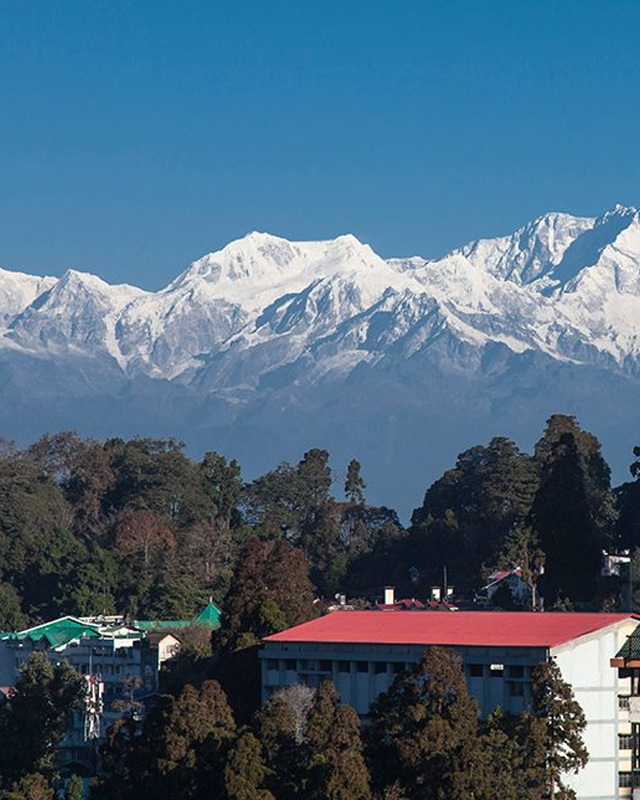
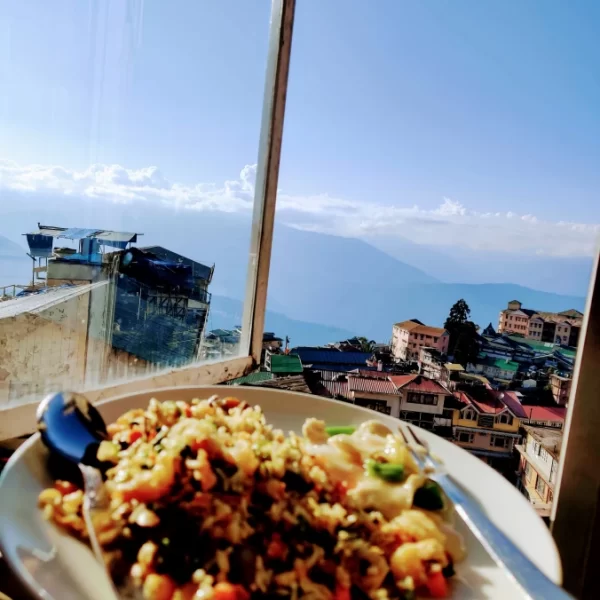
Darjeeling’s cuisine is a delicious reflection of its diversity. Momos, steamed or fried dumplings filled with meat or vegetables, are a street-food staple, best paired with fiery chili chutney. Thukpa, a hearty noodle soup, warms the soul on chilly evenings, while Sel Roti, a Nepali rice doughnut, is a festival favorite.
Tibetan influences shine in dishes like Shapta, a spicy stir-fry of meat and vegetables, and Tsampa, roasted barley flour often eaten as porridge. For a taste of Gorkha cuisine, try Gundruk, fermented leafy greens, or Kinema, fermented soybean curry. Bengalis contribute sweets like Sandesh and Rasgulla, available at confectioneries across town.
Dining in Darjeeling ranges from cozy eateries to upscale restaurants. Kunga, a family-run restaurant, is renowned for its momos and thukpa, while The Park Restaurant offers a fusion of Indian, Tibetan, and Continental flavors. For a colonial-era experience, Windamere Hotel’s dining room serves high tea with scones, sandwiches, and, of course, Darjeeling tea.
Darjeeling is a playground for adventure enthusiasts. Trekking is a highlight, with trails catering to all levels. The Singalila Ridge Trek to Sandakphu offers views of four of the world’s five highest peaks, including Kanchenjunga and Everest. Shorter treks, like the Tonglu-Tumling trail, are ideal for beginners, winding through forests and villages.
Rock climbing and rappelling at Tenzing Rock and Gombu Rock attract thrill-seekers, while paragliding in nearby Kalimpong offers bird’s-eye views of the Himalayas. For a gentler pace, horseback riding at Chowrasta or boating at Mirik’s Sumendu Lake provides leisurely enjoyment.
Wildlife enthusiasts can explore Padmaja Naidu Himalayan Zoological Park, home to endangered species like the snow leopard, red panda, and Himalayan wolf. The nearby Himalayan Mountaineering Institute, founded by Tenzing Norgay, offers exhibits on mountaineering history and training programs for aspiring climbers.
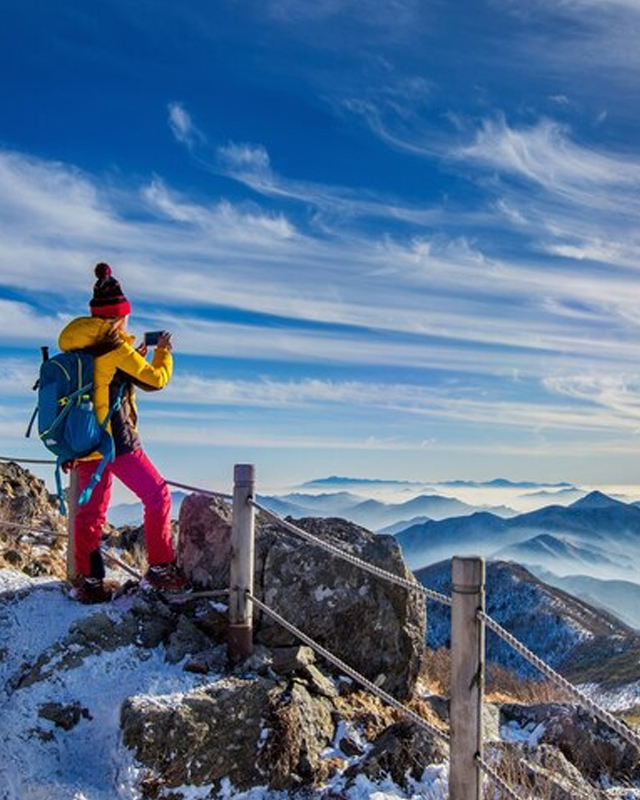

Darjeeling’s cuisine is a delicious reflection of its diversity. Momos, steamed or fried dumplings filled with meat or vegetables, are a street-food staple, best paired with fiery chili chutney. Thukpa, a hearty noodle soup, warms the soul on chilly evenings, while Sel Roti, a Nepali rice doughnut, is a festival favorite.
Tibetan influences shine in dishes like Shapta, a spicy stir-fry of meat and vegetables, and Tsampa, roasted barley flour often eaten as porridge. For a taste of Gorkha cuisine, try Gundruk, fermented leafy greens, or Kinema, fermented soybean curry. Bengalis contribute sweets like Sandesh and Rasgulla, available at confectioneries across town.
Dining in Darjeeling ranges from cozy eateries to upscale restaurants. Kunga, a family-run restaurant, is renowned for its momos and thukpa, while The Park Restaurant offers a fusion of Indian, Tibetan, and Continental flavors. For a colonial-era experience, Windamere Hotel’s dining room serves high tea with scones, sandwiches, and, of course, Darjeeling tea.
Darjeeling is a year-round destination, but the ideal seasons are spring (March-May), when rhododendrons bloom, and autumn (September-November), when skies are clear for mountain views. Winters (December-February) are chilly but magical, with occasional snowfall, while monsoons (June-August) bring lush greenery but require caution due to landslides.
Getting There
By Air: The nearest airport is Bagdogra, 70 km away, with taxis and shared jeeps to Darjeeling (2.5-3 hours).
By Train: New Jalpaiguri (NJP) is the closest major railway station, connected to the Toy Train or taxis (3-4 hours).
By Road: Well-connected to Siliguri, Kolkata, and Gangtok, with buses and private cabs available.
Darjeeling’s proximity to other gems makes it a great base for exploration:
Kalimpong (50 km): Known for its monasteries, flower nurseries, and Durpin Hill viewpoints.
Mirik (49 km): Home to Sumendu Lake and sprawling tea estates.
Gangtok (94 km): Sikkim’s capital, offering monasteries, markets, and Himalayan vistas.
Kurseong (32 km): A quieter hill station with tea gardens and the quirky Cochrane Place.
Darjeeling, the Queen of the Eastern Himalayas, is more than a destination—it’s an experience that engages all senses. From the ethereal beauty of Kanchenjunga to the soul-warming taste of its tea, from the rhythmic chug of the Toy Train to the vibrant pulse of its markets, Darjeeling weaves a spell that lingers long after you leave. Whether you seek adventure, serenity, or cultural immersion, this hill station delivers with unparalleled grace. Plan your holiday to Darjeeling, and let the mountains, tea, and traditions create memories that last a lifetime.